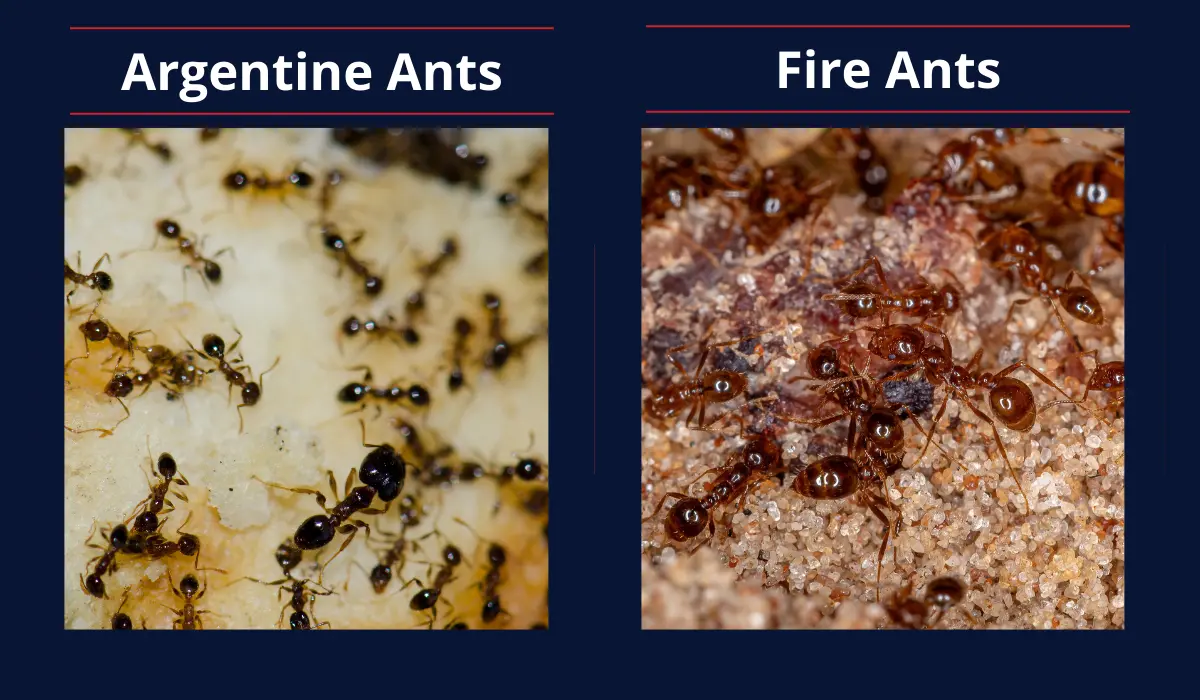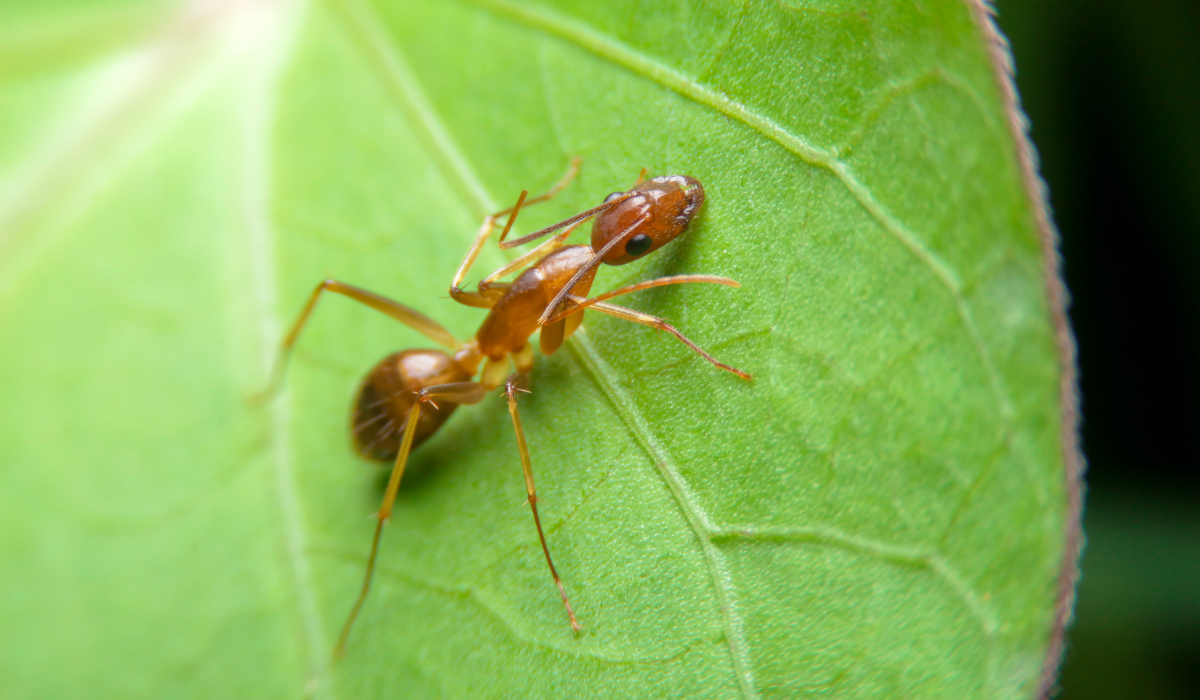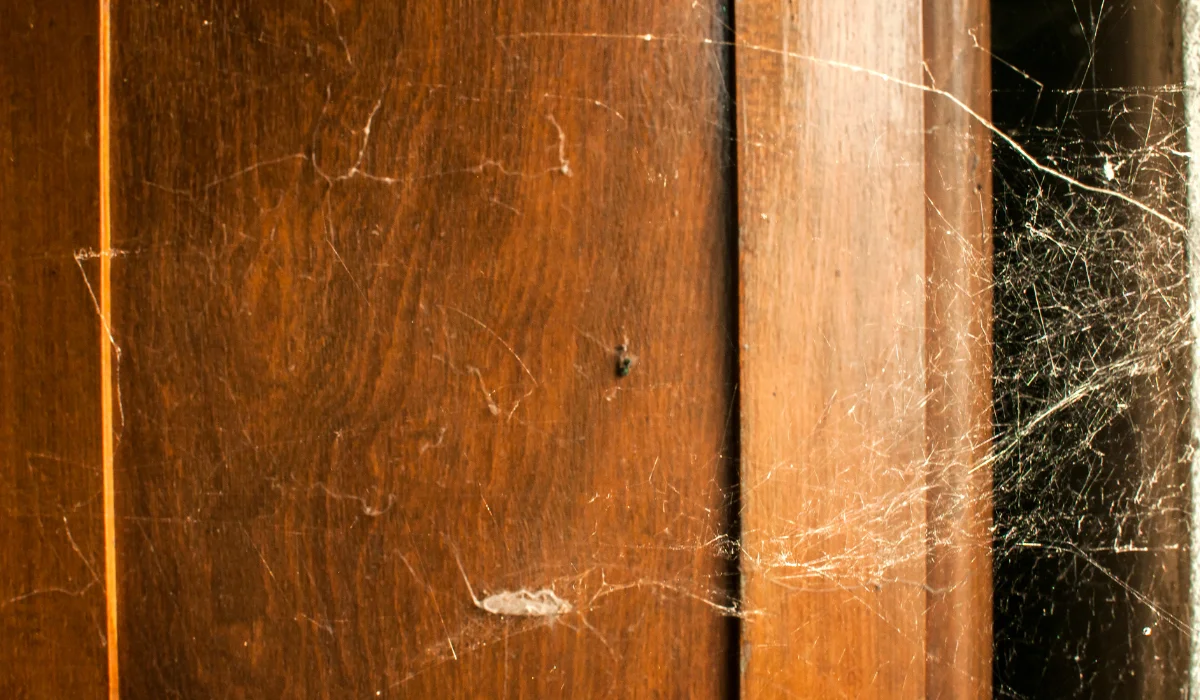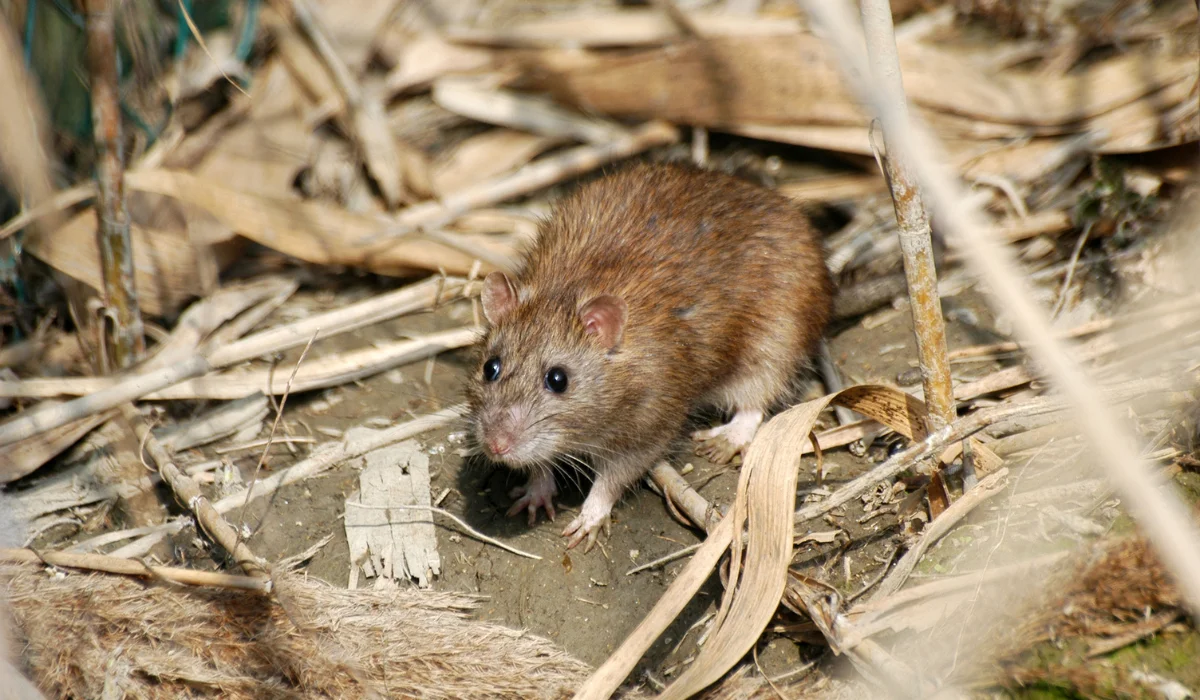Argentine ants and fire ants are two common pests that often cause problems for homeowners. Both types of ants can be troublesome, but they have distinct differences that are important to understand.
What makes these ants so different in their impact on people and the environment? To get the full scoop on how to identify and deal with these ants, keep reading till the end of the blog post.
Key Takeaways
- Physical distinctions include the smaller, brown Argentine ants with slender bodies and one narrow petiole versus the larger, reddish-brown fire ants with a stinger and two nodes on the petiole.
- Argentine ants are less aggressive and prefer sweet foods and urban environments, while fire ants are more aggressive and omnivorous and thrive in open, sunny areas.
- Both ant species impact Louisiana’s ecosystems by displacing native ants and altering local food sources, but fire ants also pose a direct threat with their painful stings.
- Effective control measures include insecticide baits and sprays, and professional pest control services are recommended for severe infestations.
ARGENTINE ANTS VS. FIRE ANTS: KEY DIFFERENCES

In entomology, Argentine ants and the red imported fire ants differ in several ways, including their origin, physical features, behaviors, and habitats.
Origin and Spread
Both species of ants were introduced to North America. Here’s how they made their way to places like Louisiana:
| Origin and Spread | Argentine Ants | Fire Ants |
|---|---|---|
| Geographical Origin | South American countries like Argentina and Uruguay | South American countries like Brazil and Paraguay |
| Spread to Louisiana | Introduced in the 1890s | Introduced in the 1930s |
| Mode of Introduction | Likely through shipping routes | Likely through mobile cargo shipments |
| Distribution in North America | Now spread across California, Mississippi, and the southeastern United States | Commonly found in the southern U.S., especially in southeastern states like Texas and Florida |
Physical Features
You’ve likely seen Argentine and fire ants around, but have you ever wondered about the specific features that set them apart?
Here’s to help you spot the differences more easily:
| Features | Argentine Ants | Fire Ants |
|---|---|---|
| Size | Workers: 2.2-2.8 mm | Workers: 2-6 mm |
| Color | Light to dark brown | Reddish brown with a darker abdomen |
| Unique Features | Slender bodies with one narrow petiole | Two nodes on the petiole, stinger |
| Body Structure | Smooth, glossy exoskeleton | Semi-glossy with clear segmentation |
Behavior and Habits
Many behaviors and foraging habits can be a way to distinguish Argentine ants and fire ants.
Consider how these traits impact the local environments:
| Behavior | Argentine Ants | Fire Ants |
|---|---|---|
| Foraging | Long trails, invasive to the kitchen and urban areas | Aggressive, short, and quick trails |
| Aggressiveness | Less aggressive to other species | Highly aggressive, painful stings |
| Colony Formation | Often form massive supercolonies | Single queen and multiple queen colonies |
| Diet | Sweet foods, greasy substances, proteins | Omnivorous – insects, plants, small animals |
Habitat and Structure
They have different habitat preferences and societal structures. Here’s how they established themselves in such distinct environments from being invasive species:
| Habitat Features | Argentine Ants | Fire Ants |
|---|---|---|
| Preferred Conditions | Urban areas, near water sources, moist environments | Open, sunny areas, disturbed land |
| Nesting Characteristics | Shallow nests, often beneath stones or in cracks | Mound builders, nests can go deep underground |
| Societal Structure | Large supercolonies with many queens | Complex societies with single or multiple queens |
| Survival Techniques | Adapt well to various environments | Aggressive defense, adapt to environmental disruptions |
HOW TO CONTROL ANT INFESTATIONS
Several effective methods and professional solutions can help keep your home ant-free when dealing with an infestation of ants.
Effective Treatment Methods
As homeowners, you can try many treatment solutions before calling in professionals. Consider these treatment types when dealing with fire or Argentine ant colonies:
| Types | How to Use |
|---|---|
| Insecticide Bait | Place near ant trails and nesting sites. |
| Spray Insecticide | Spray directly on visible ants. |
| Natural Remedies | Mix water and vinegar, and spray entry points. |
Professional Pest Control Solutions
Hiring pest control professionals can be crucial for severe infestations of different species. With the know-how to target the ant colonies precisely, here are steps to expect:
- Inspection: The professional will identify the type of ants and the extent of the infestation.
- Baiting: Baits will be strategically placed to attract the ants and poison larger colonies, such as an Argentine ant mega colony.
- Insecticide Application: A professional-grade insecticide will be applied to critical areas.
- Follow-Up: Regular check-ins to assess progress and reapply treatments as needed.
HOW TO PREVENT FUTURE ANT INFESTATIONS
Taking proactive steps and monitoring your property is crucial to keep Argentine and fire ants at bay. Since these ants can form large colonies quickly, your simple habits can help prevent them from becoming problematic.
Preventative Measures
Keeping the worker ants out involves minimizing attractants and sealing entry points. Considering the sheer numbers that they can amass, here are critical steps you can take right now:
| Preventative Measures | Details |
|---|---|
| Seal Cracks and Openings | Close gaps around windows, doors, and foundations. |
| Store Food Properly | Keep food in airtight containers and clean up spills. |
| Remove Standing Water | Fix leaks and ensure good drainage around your home. |
| Maintain Cleanliness | Regularly clean floors, countertops, and trash cans. |
| Trim Vegetation | Keep plants and mulch away from your home’s foundation. |
| Use Ant Baits | Place bait stations near entry points and problem areas. |
Monitoring and Maintenance
Regular checks and upkeep help catch ant activity early. Here’s how to stay on top of necessary tasks:
- Inspect Entry Points: Regularly check for new gaps or openings and seal them promptly.
- Check for Ant Trails: Look for ants following their pheromone trails along walls, floors, and outdoor paths.
- Use Ant Baits: Refresh bait stations every few months, especially in warm weather.
- Monitor Moisture Levels: Ensure there’s no excess moisture around your home.
- Keep Yard Tidy: Remove debris, excess mulch, and leaves that can harbor ants.
- Review Food Storage: Ensure no food is left out and all containers are properly sealed.
SHOULD YOU GET IN TOUCH WITH PEST CONTROL PROFESSIONALS?
Dealing with ants can be a major headache since it’s only sometimes clear when calling in the experts is best.
When there are always more ants, even after cleaning and using sprays, a nest nearby housing large numbers may require pest control professionals to inspect.
Whether you’re in Baton Rouge or New Orleans, seeking expert help should be easy. For immediate intervention for a severe infestation, let Lajaunie’s ant control specialists tailor a solution that’s right for your home.
For more information about the areas we service, visit our location page.
 By: LaJaunie's Pest Control
By: LaJaunie's Pest Control 



